Her serene Hermès: the quiet avant-gardism of Nadège Vanhée-Cybulski
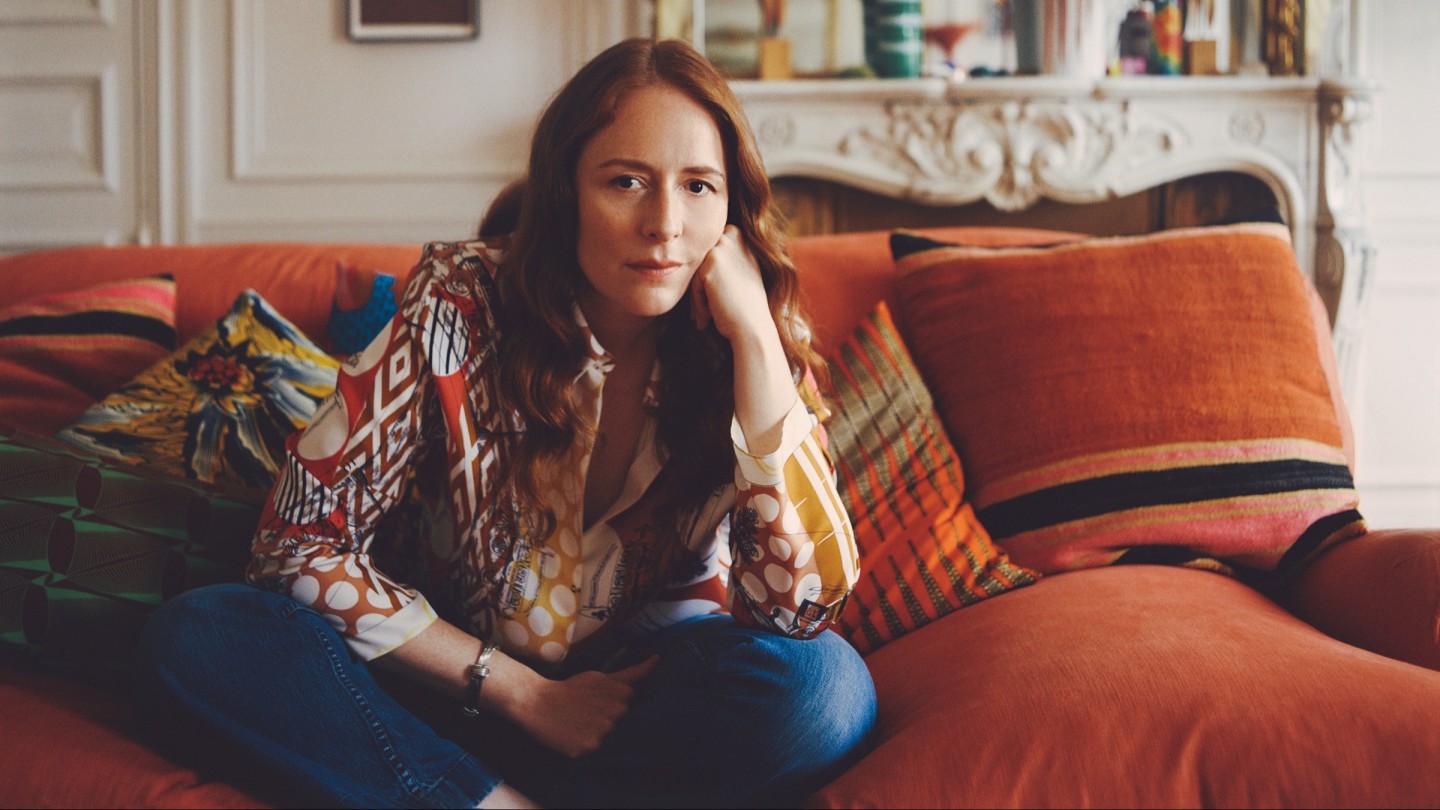
Simply sign up to the Style myFT Digest -- delivered directly to your inbox.
It’s a warm day in late May, and at the headquarters of Hermès in Paris, Nadège Vanhée-Cybulski, the head of womenswear, is presenting her SS22 collection to the global sales team. She is wearing jeans, a shirt in a navy scarf print, a headset and a face mask, though she remains unmistakable owing to her wave of Rosetti-auburn hair. It’s a key moment for the company – the sales day is one of the last stops in an 18-month creative journey that begins with the confirmation of a colour palette and will culminate with a catwalk show that will be shown at Le Bourget airport, just outside Paris, this weekend. Vanhée-Cybulski, coordinating a camera, sound and action, is offering an early preview. “I feel like Madonna,” she laughs as she adjusts her headset. “Maybe I should start to vogue.”
Instead, she delivers a series of looks, each encapsulating the Hermès codes of luxury, with tiny signatures and motifs borrowed from the 16 métiers that make up the house portfolio. Here are perlage studs taken, along with leather trims from the handbags, and used as decoration, embellishment or to redefine a seam. Tuxedo pants and leather shorts are tied with drawstring fastenings taken from a dust bag. Vanhée-Cybulski was drawn to it because it was a humble object, but also because the drawstring can be adjusted to adapt to many different styles; you can “create your own little recipe”, she says, while showing off a leather minidress with cotton inserts that can either be worn open, oversized and slouchy, or cinched higher on the waist in a more coquettish style. An archive Cliquetis scarf print, one of hundreds in the library, has been deconstructed, according to its 90cm x 90cm proportions, and remade as a pyjama top and cardigan. The same print has also been expanded, refracted and then bonded onto a boilersuit and so abstracted that it looks like something else. At one point, Vanhée-Cybulski was going to do the entire collection in print, which would have been radical, considering it is typically neither popular with stylists nor runway critics. Vanhée-Cybulski shrugs off the perception: “Print is very hit or miss.”
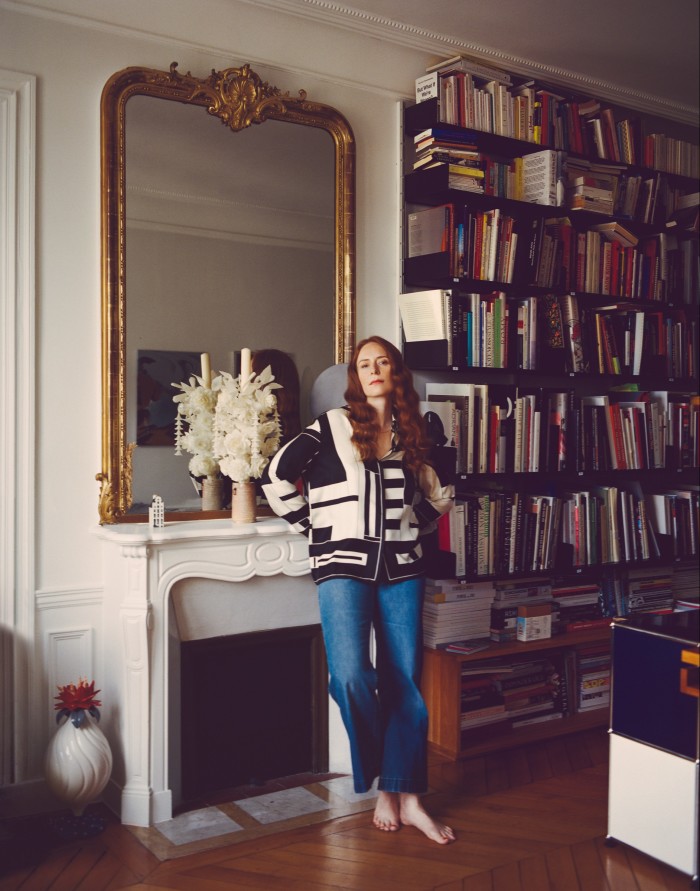
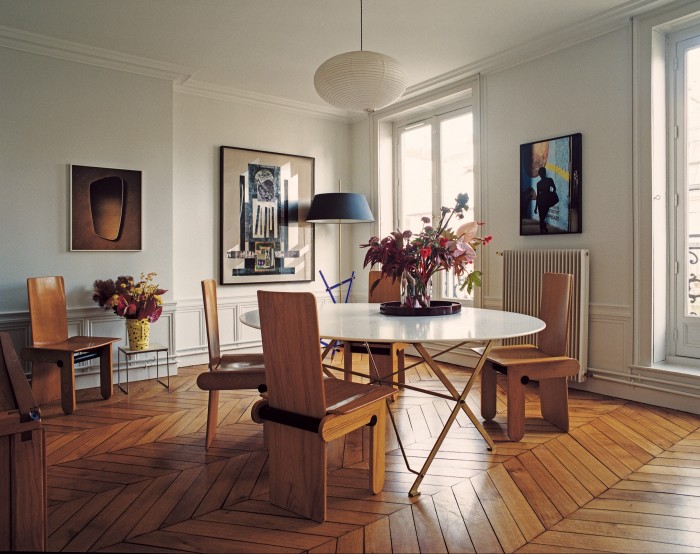
A quiet but expansive speaker, Vanhée-Cybulski offers a commentary that darts between the technical practicalities of clothes-making and her own relationship with each design. Slipping on an unlined navy cashmere peacoat, a house trademark, she murmurs: “You see, it’s so light: it’s a cloud.” Of a printed summer dress with matching jackets, she exclaims: “I would wear this in a heartbeat!” She urges one to examine all the details; she’s obsessed with how the garment feels.
It’s seven years since Vanhée-Cybulski was appointed head of womenswear, after having previously worked at Celine under Phoebe Philo, Martin Margiela (himself a former designer at Hermès) and as design director at The Row. “Nadège was the only person I met,” says Axel Dumas, the brand’s CEO, of her appointment. “We discussed the creative process and Plato’s cave, but I knew I wanted to work with her as she had three important qualities: a real appreciation and understanding for craftsmanship, which is paramount for me because I like to talk shoulders and buttonholes; she had a modern and empowering vision for women; and she was able to work in a collaborative creative environment [as overseen by his cousin, the artistic director Pierre-Alexis Dumas].”

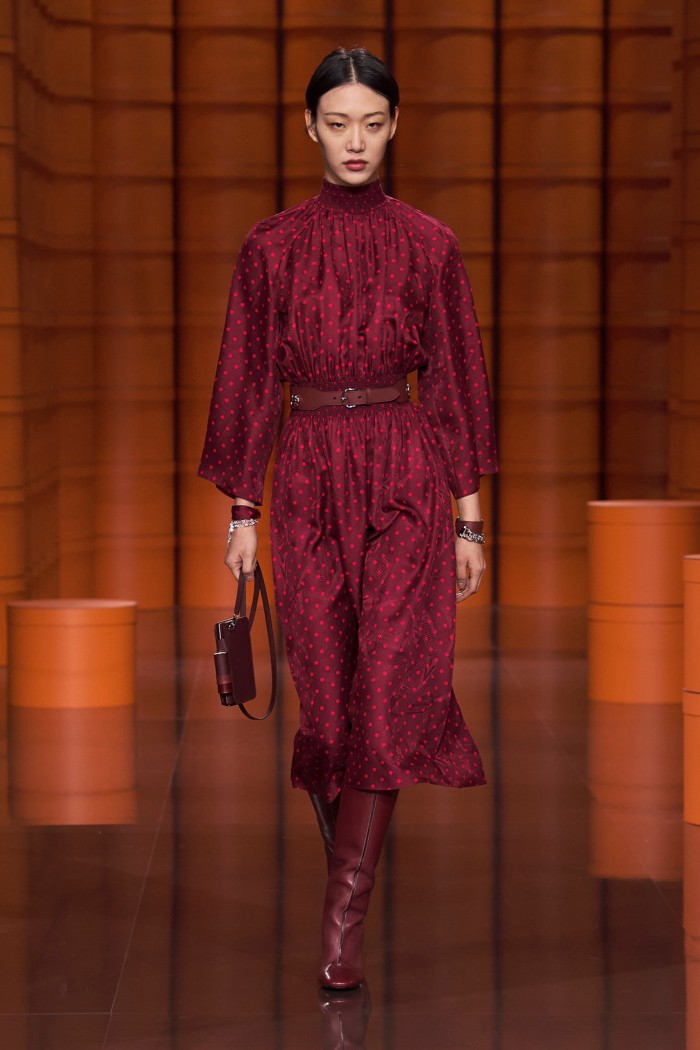
As part of a much bigger business – founded as a saddlery in 1837 that now spans, among other things, leatherware, menswear, homeware, fragrance, silk and now beauty – Vanhée-Cybulski is quick to remind you that she is not a “solo horse”. And yet her contribution to Hermès’ success has been significant. The brand was quick to recover from the pandemic. In April, the house, which has been in the same family for six generations, announced quarterly revenues of just over €2bn – 33 per cent higher than the same period in 2019 – and the group has forecast with some confidence that profits will continue to grow. Hermès may be mythologised as being a house of gentle cultivators (it has an extremely parisien attitude to urgency, to say the least), but its success has been formidable, a dazzling meteor in the top tier of luxury brands.
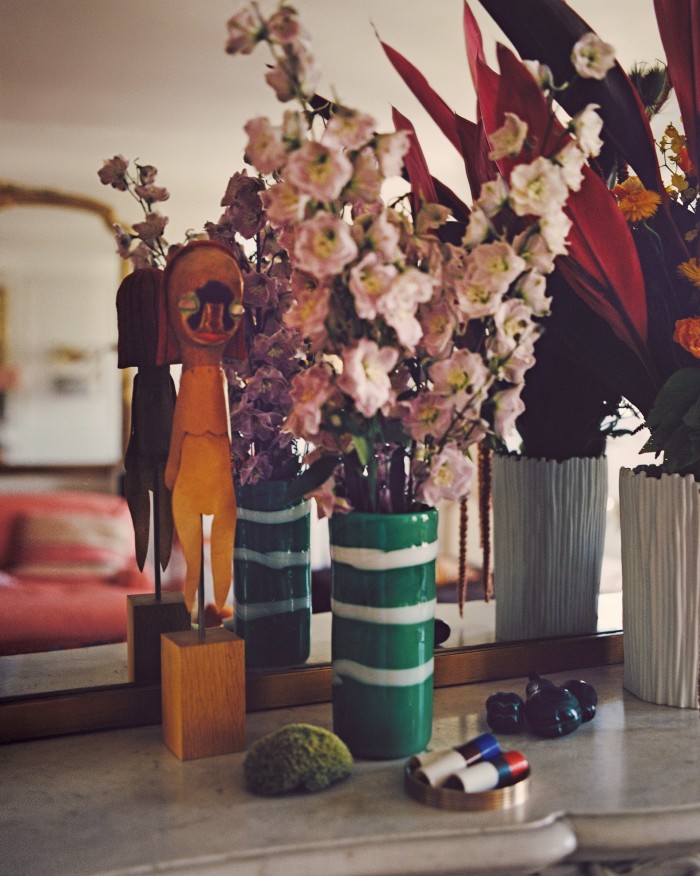
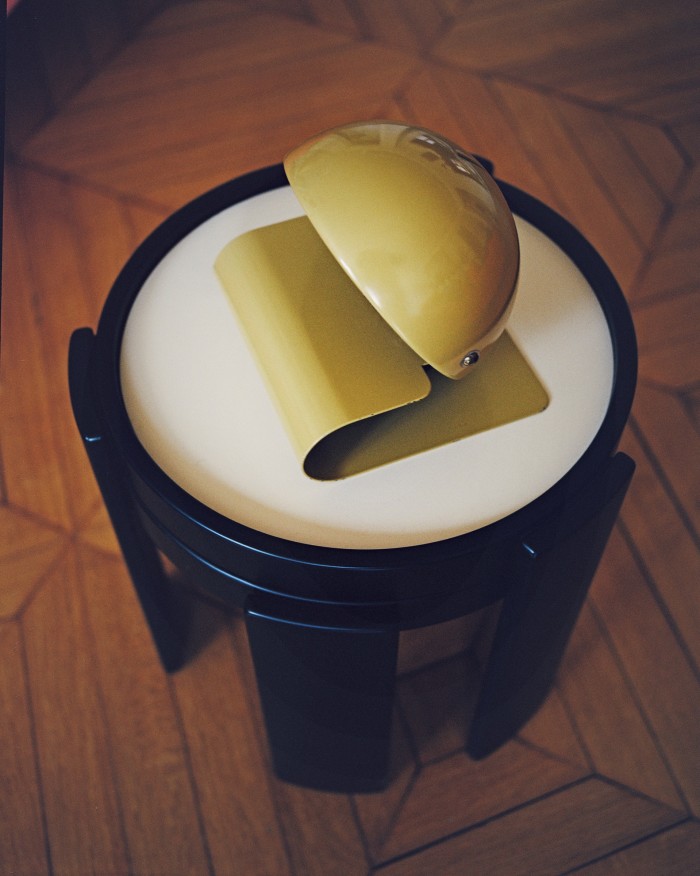
“I am pleased to say that so far the results have been stellar,” adds Dumas of Vanhée-Cybulski’s commercial contri-bution. “Working with her during this pandemic has been telling. Instead of retrenching to tradition, the impetus is about colours, novelty and freshness. She is always looking to express the woman of tomorrow in new ways.”
At Hermès, Vanhée-Cybulski has essayed the core codes of luxury, while throwing in subversive elements with which to make her mark. That might be in her choice of colours, which next season will include a vibrant yellow, or developing a cotton corduroy of such thin wale width the fabric is almost smooth. She describes herself as having “avant-garde” tastes and it’s a decorative style that informs her home as well. Her apartment – pale-walled, spacious, parquet-floored – reveals graphic artworks by Shabahang Tayyari, Julie Beaufils and Ben Sansbury, a bright figurative painting by Magnus Andersen, mid-century ceramics by Jacques Blin that are joined by Japanese pieces picked up on a trip to Kyoto, and a vast sculptural shelving unit from Decio Studio that looks like a puzzle of geometry. There are also two giant George Sherlock sofas upholstered in a pertinent shade of orange.
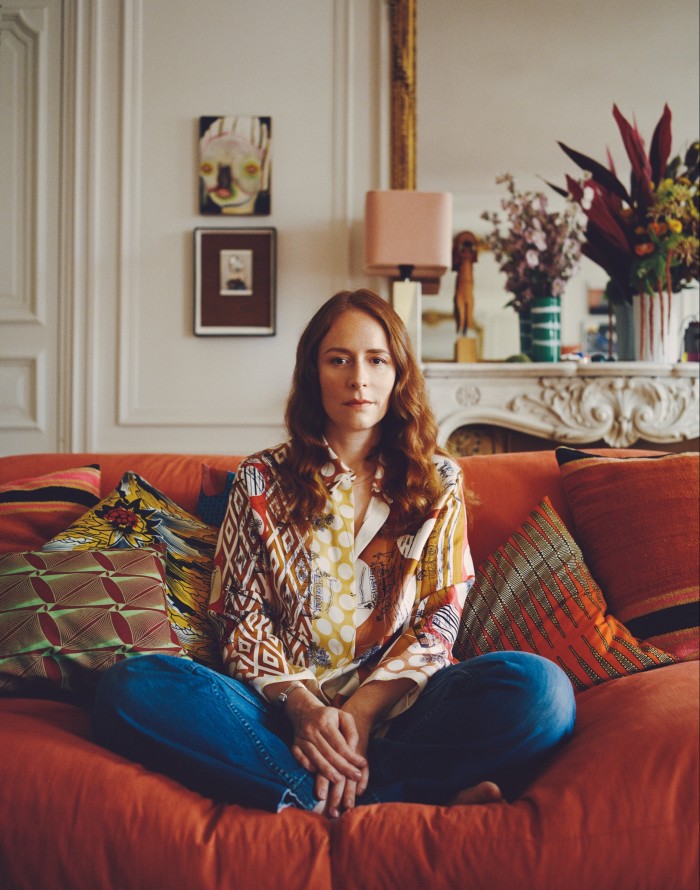
At home and in the studio, she delights in this polymath of influences while retaining a deep appreciation for the craft. And she loves surprises. When asked who she admires from among her peer group, she points to Demna Gvasalia, who has lately revolutionised Balenciaga under the Kering group. Her own creative vision, however, has been tempered by experience. When she first arrived at Hermès, she says, she tried to move too fast.
“You have to bring people with you,” she says. It’s one month later, and we are having an early lunch at Le Valois, near her home in the 9ème arrondissement. Owing to an unfortunate clash in timing, our meeting has coincided with her only daughter’s first day of nursery, and she has arrived with her husband – an English gallerist called Peter Cybulski – her sleepy daughter, a packed lunch and a child minder in tow. It’s a feat of multitasking that only further demonstrates the requirements of modern wardrobe although, having gathered herself and ordered a salad Niçoise “because I’m absolutely starving”, she seems remarkably present and relaxed.


It’s hard to sum up Vanhée-Cybulski in a pen sketch. Certainly, she is captivating-looking, quick to humour and intelligent. Born in Seclin, near the Belgian border, to parents who had Algerian and French heritage, she grew up in a small town with few diversions and an outsider’s eye on the Paris scene. Music offered an early exposure to fashion – one of her first jobs was as a “rock journalist”, interviewing bands touring the area for a small fanzine that she did in return for free tickets, with her best friend.
“The lack of style in northern France probably pushed me towards fashion,” she says. “Music was my first branch of fashion. I was basically into Britpop in a big way. I would also go to flea markets. And I would make clothes. I went and did needlework class – starting with baby outfits – that were tiny and efficient and very difficult. And then I went to Antwerp.”
A student at the Royal Academy of Fine Arts Antwerp, Vanhée-Cybulski arrived in Belgium when it was still basking in the success of the fabled Antwerp Six. “I studied among a generation that were motivated by their success,” she says of the collective that emerged in 1986 and included Walter Van Beirendonck, Ann Demeulemeester and Dries Van Noten. Her year group was collaborative, committed and deeply competitive. “We were traumatised by the collective that hung over us,” she continues. “But our year was very European, very ambitious and very attentive to people’s wellbeing and health.”
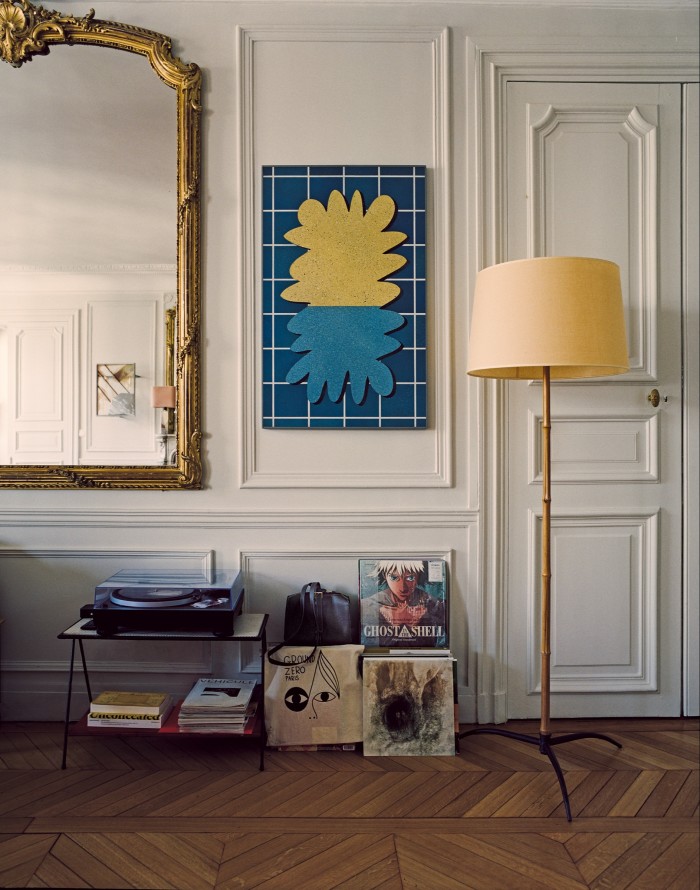
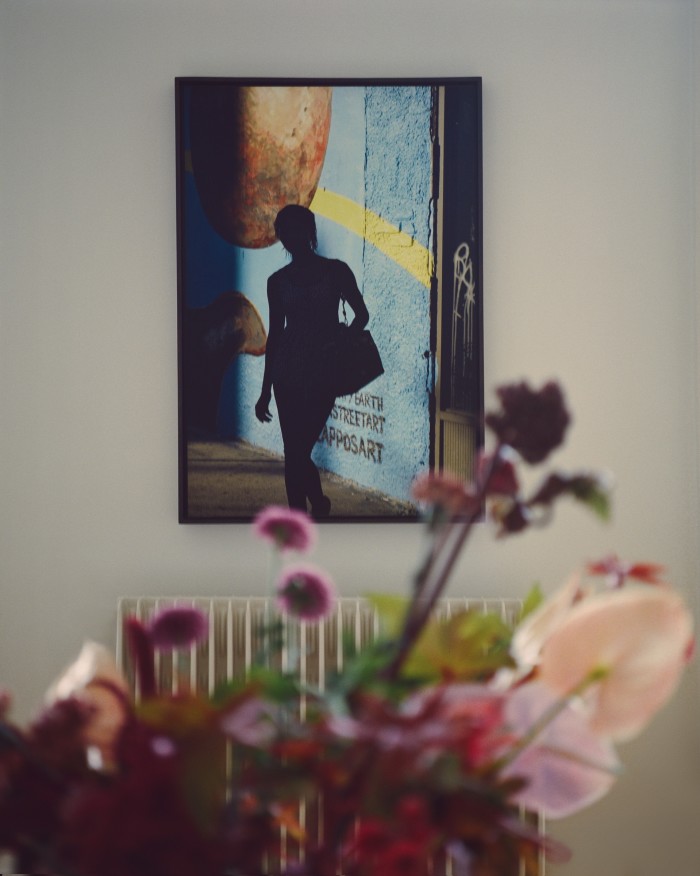
The teachers, meanwhile, pushed Vanhée-Cybulski to be rebellious and find her DNA. She discovered that, unlike the prevailing mood at Antwerp, “I wasn’t going to do black and gothic. I went for colours. I took a difficult road.”
Vanhée-Cybulski still sits slightly adjacent to the prevailing winds of fashionability. She didn’t include tailoring in her spring collection, for example, because she “wasn’t at a point where I had anything to say”. Instead, she approaches design by observing things on her body, and thinking about how she interacts with clothes. “I think about how things can be twisted, or interpreted,” she says of her process. “I think about how it will be worn. I work with riddles. I like posing a style question, such as, ‘What makes something classic?’ I take codes and try to make them pertinent for the day.”
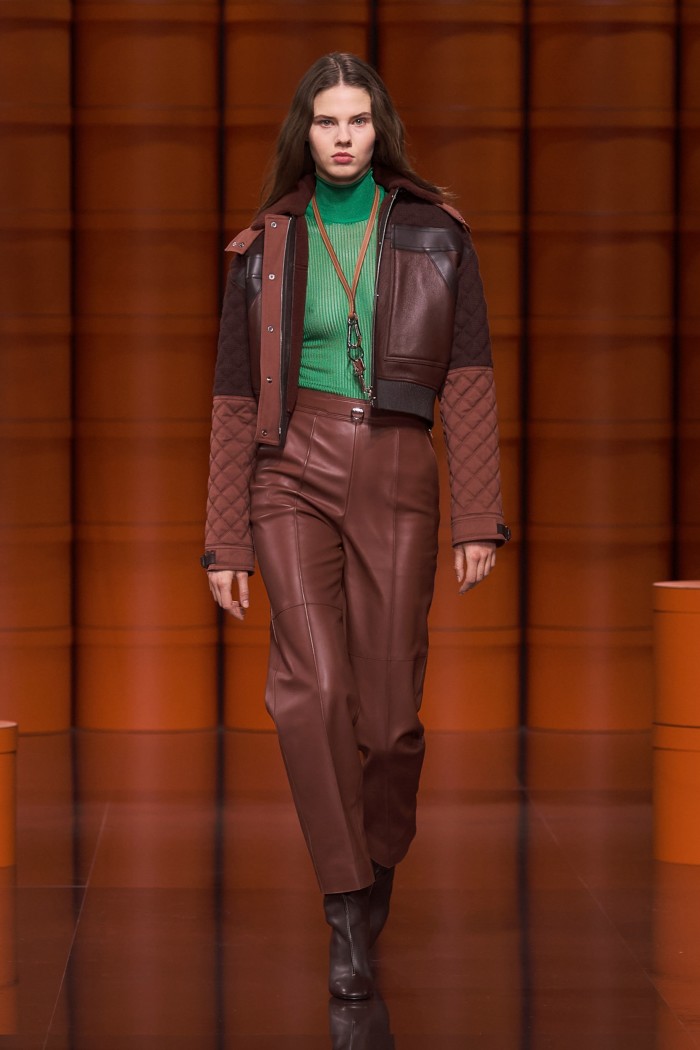
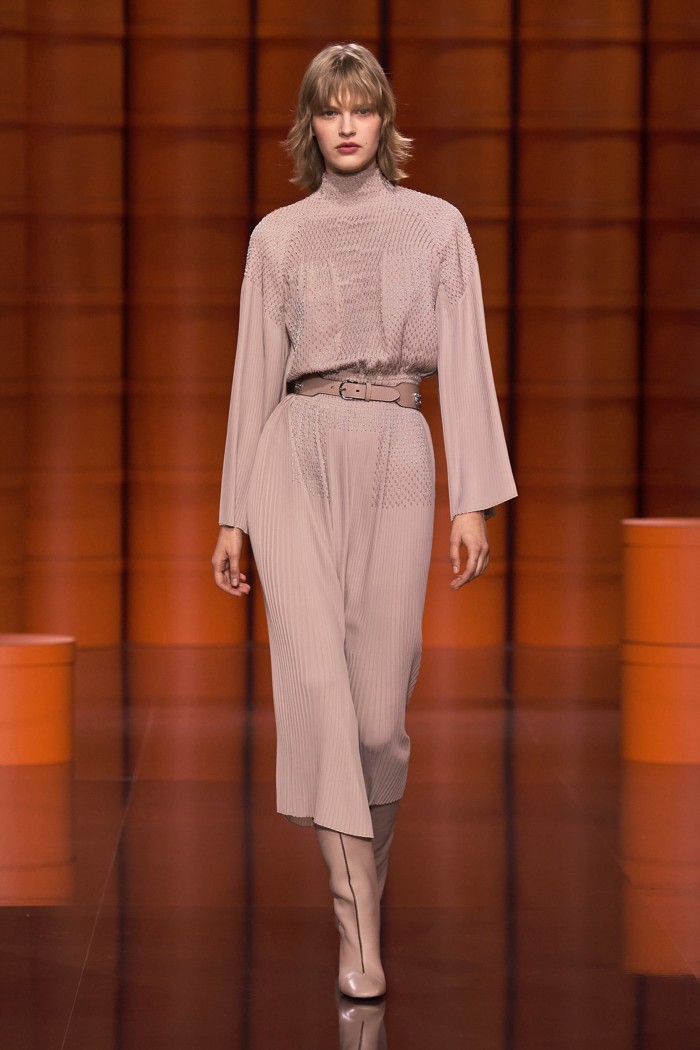
Vanhée-Cybulski is fiercely respectful of the collaborative spirit that underpins the Hermès studio, and often requires the skills and expertise of very different specialists. However, seven years of careful study have given her a greater confidence to take liberties. “I definitely feel a greater sense of ease at Hermès the more I understand it,” she continues. “I’m not complacent, but I now know how to keep the foundations and tell new stories. For me, the lexicon of Hermès is best summed up as functionality. And beauty. And then there’s the mythology of the artisan or craftsman. I like the paradox: functionality at Hermès has a softness that comes from the way we explain what we do.”
Vanhée-Cybulski may not seem the most revolutionary of designers, but behind her pragmatism is the making of a quiet radical. It’s radical, for example, that she considers how a woman might want to style an outfit when she’s thinking about a piece of clothing. It’s telling also that she banned moodboards and images from the studio while building her latest collection because she didn’t want nostalgia to become a creative crutch.
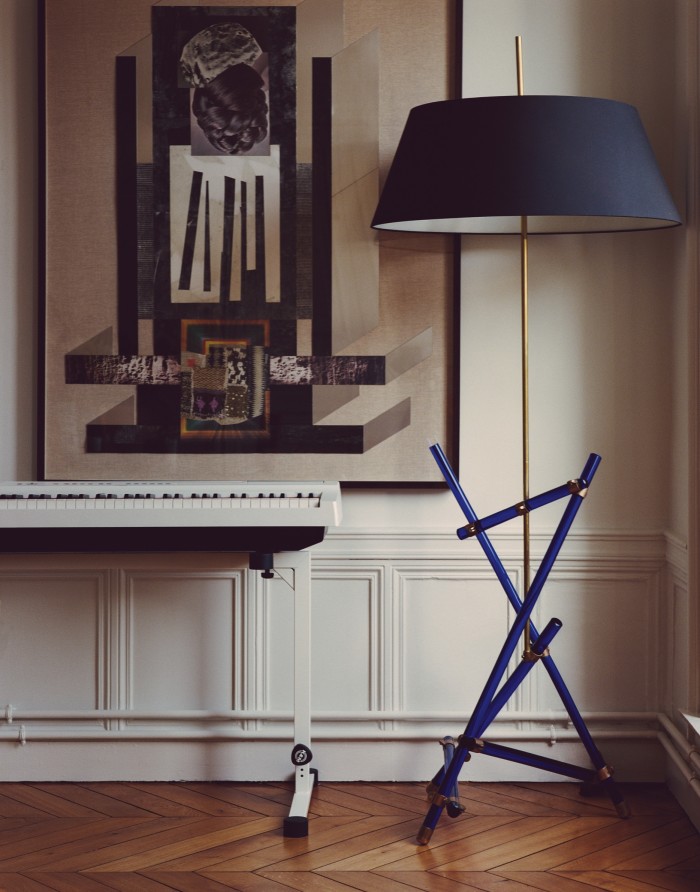
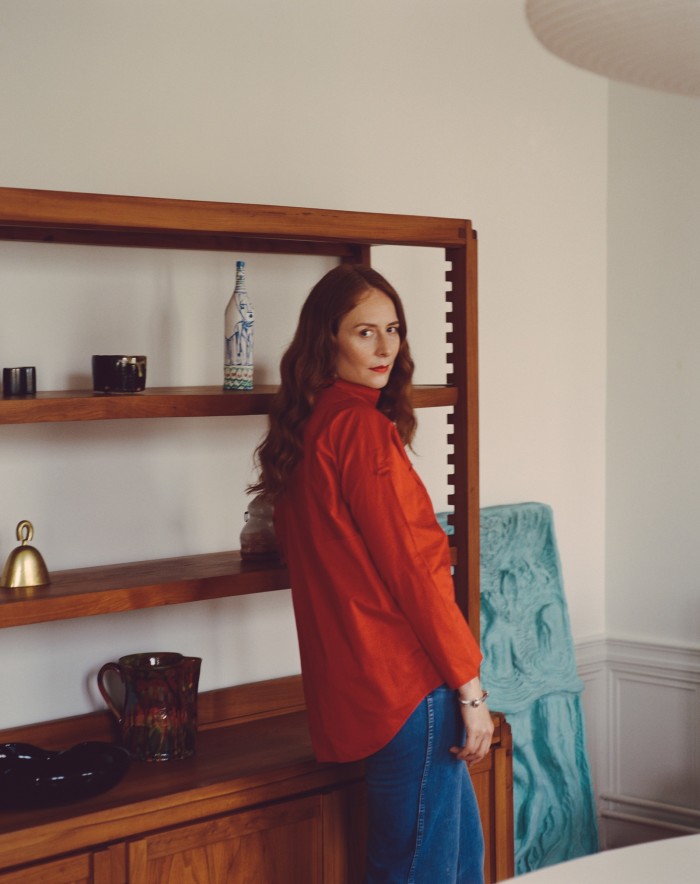
“The words we explored with this collection were freedom, and freedom of movement. I wanted to think about our connection with the outside, the feeling of sun on your skin, the wind on our skin. I didn’t want to talk about comfort, because I associate that with a kind of nonchalance, or sloppiness. But I wanted the collection to feel unrestricted. New classicism is something we always talk about at Hermès. Or new athleticism. But I always try and discover new territory when I’m designing. For me, each collection is an opportunity to start anew.”
In fashion, Vanhée-Cybulski is a rare personality. An understated non-conformist and totally authentic. Even more refreshing: after 18 months of labour, she knows that the real story of her garments begins when they come off the catwalk to play their part in real life.
Comments